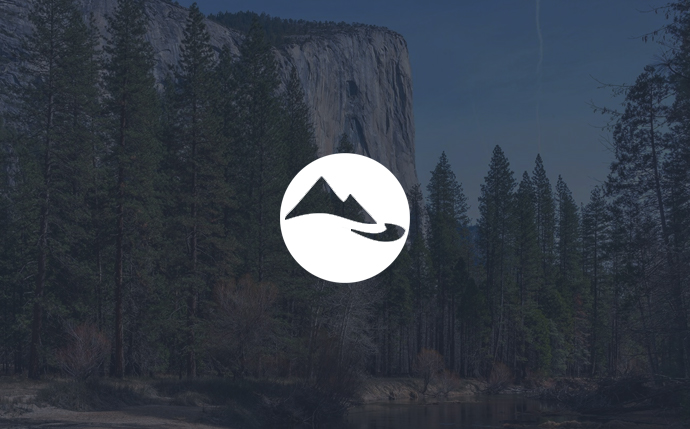
Global Perspectives: The International Aspects of Large Landscape Conservation
Given that this week is the World Park Congress in Sydney, it’s a great time to highlight one of the leaders in the National Park Service working at the Office of International Affairs. Jonathan Putnam recently sat down to share his thoughts on large landscape conservation globally.
Get to know Jonathan Putnam
Jonathan serves as the World Heritage Program Officer and Western Hemisphere Park Affairs specialist for the National Park Service’s Office of International Affairs. In this position, he works to promote the international mission of the National Park Service (NPS), facilitating cooperation between the NPS and other countries both to protect NPS resources, such as migratory species, and to further conservation of natural and cultural heritage around the globe.
Q: Why should the NPS be involved at large landscape conservation at the international level?
The NPS (and U.S.) stand to gain a lot by engaging with international colleagues dealing with the issues of large land(and sea)scapes and connectivity conservation. There are now nearly 200,000 parks and protected areas around the globe, which is a huge increase over the last few decades, but even that only represents about 14% of the world’s terrestrial area and just over 2% of the marine realm. Clearly parks and protected areas on their own will not be able to protect our planet’s natural and cultural heritage. We are in the same boat, as it were, dealing with how better to integrate parks into their larger land and seascapes. Some countries and regions, from Australia to Central America to southern Africa, have taken impressive steps to create huge networks of parks to protect or restore connectivity and strengthen resilience in the face of climate change.
A lot of lessons have been learned from this experience, from the site level up to national institutional level. One clear lesson is that having national legislation and a regulatory regime that support the development of large scale corridors is extremely beneficial. And of course it’s not just natural heritage that we are talking about. Many other countries are far ahead of the U.S. in linking “lived-in” landscapes with nature conservation.
Q: Can you talk a bit more about the transboundary aspect of large landscape conservation?
Many of our large landscapes, including NPS centered-ones, are transboundary. The Crown of the Continent and Big-Bend-Rio Bravo may be the best known, but there are many many more, from the Beringia region between Alaska and Russia, numerous parks in Alaska and the lower 48 that border Canada, the Sonoran desert parks, and all the way to south Florida and the Caribbean, where many of “our” resources move back and forth across international borders. We have caribou, wolverines, grizzly bears, cutthroat trout, lake sturgeon, sonoran pronghorn, seals, manatees, sea turtles, bats, marine fish and fish larvae, that regularly move between one of our NPS units into other countries – hopefully into another protected area, but often not. If we are really interested in ensuring their protection, we need to be involved with them even after they have left our direct control.
And again, cultural connections are also often transboundary in nature. From Native American and Alaskan connections with Canada, Mexico and Russia, to Mexican Americans to our historical and cultural connections with Canada such as the Voyageurs, preservation and interpretation of this heritage requires cooperation across international borders.
Q: What about migration? Wildlife species can’t be confined to political boundaries or artificial constructs. Given this, what are your thoughts on connectivity?
This ‘connectivity’ that goes far beyond even the scale of landscapes we are talking about is critical. Thanks to far ranging migratory wildlife species, climate change, air pollution and other factors, we really need to be looking at these issues at hemispheric and even global scales. Take a look at the state of Alaska, for example. We could turn the ENTIRE state into national park, and it still would not be big enough to offer full protection to of the resources under our mandate. From the millions of birds that migrate to such far flung places as China’s Yellow Sea, Australia and even New Zealand, to whales that migrate to Hawaii and Mexico, Alaska’s “landscape” is something like half the globe! The same could be said for a lot of other places NPS is responsible for protecting. We may not be ready to think in those terms, but eventually, if we really want to ensure protection of NPS resources, this is where we need to be heading!

